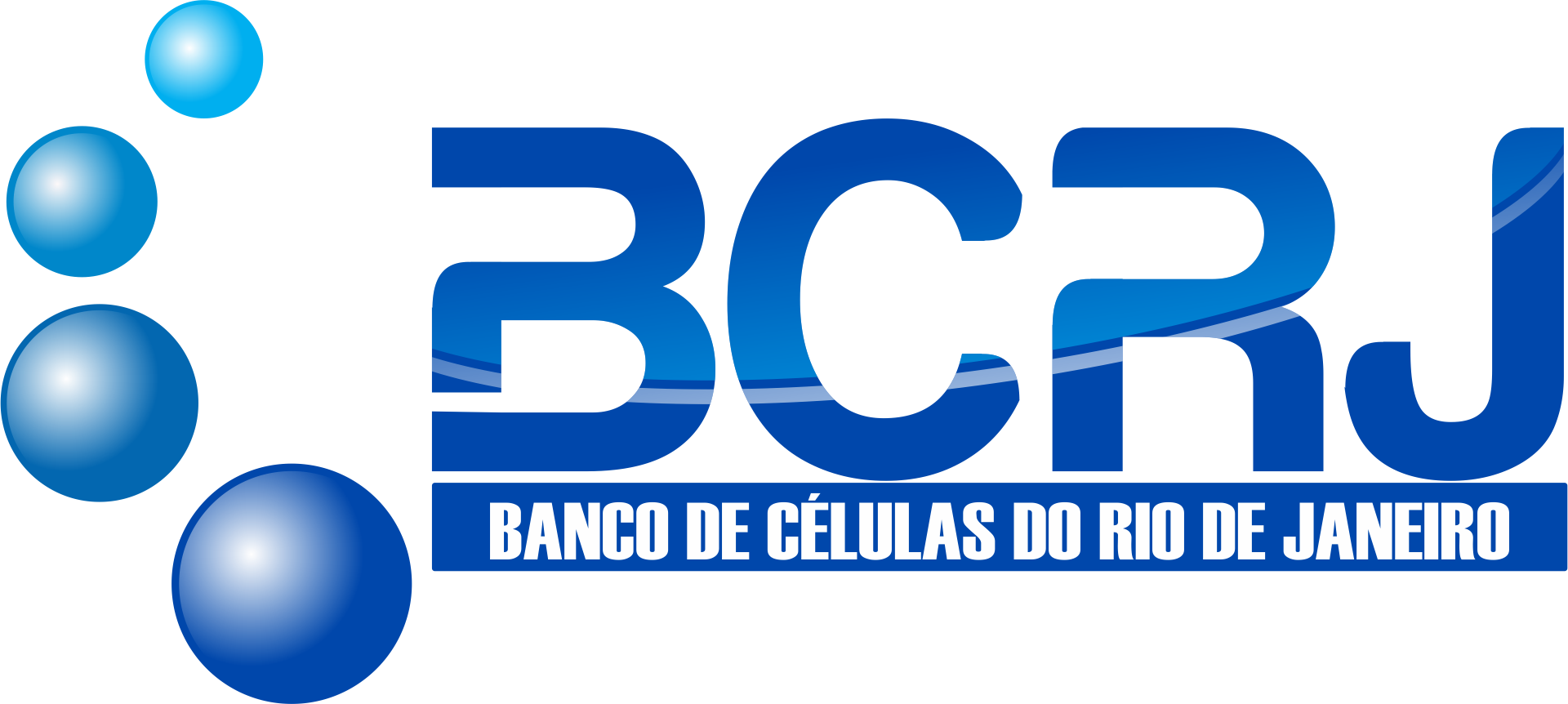| BCRJ Code | 0209 |
| Cell Line | R4-6A2 |
| Species | Rattus norvegicus (B cell); Mus musculus (myeloma), rat (B cell); mouse (myeloma) |
| Vulgar Name | Rat; Da Atrud Institute |
| Cell Type | Hybridoma: B Lymphocyte |
| Morphology | Lymphoblast |
| Growth Properties | Suspension |
| Derivation | Animals were immunized with partially purified murine gamma interferon. Spleen cells were fused with P3U-1 myeloma cells. |
| Products | Immunoglobulin; monoclonal antibody; gamma interferon: ab against; IgG1 |
| Biosafety | 1 |
| Addtional Info | The antibody neutralizes the ability of lymphokine preparations to induce tumoricidal activity in murine macrophages. The antibody neutralizes the antiviral effect of gamma interferon but does not affect the activities of murine alpha and beta interferon or rat or human gamma interferon. 30 ng of R4-6A2 antibody neutralizes the antiviral activity of 10 units of murine gamma interferon. |
| Culture Medium | Dulbecco's Modified Eagle's Medium (DMEM) modified to contain 2 mM L-glutamine, 4500 mg/L glucose and 10% of fetal bovine serum. |
| Subculturing | Cultures can be maintained by addition of fresh medium. Alternatively, cultures can be established by centrifugation with subsequent resuspension at 5 x 10e4 viable cells/mL. Maintain cultures at a cell concentration between 6 x 10e4 and 6 x 10e5 cells/mL. NOTE: Do not allow the cell concentration to reach 1 x 106 cells/mL. |
| Subculturing Medium Renewal | Every 2 to 3 days |
| Culture Conditions | Atmosphere: air, 95%; carbon dioxide (CO2), 5% Temperature: 37°C |
| Cryopreservation | 95% FBS + 5% DMSO (Dimethyl sulfoxide) |
| Thawing Frozen Cells | SAFETY PRECAUTION:
It is strongly recommended to always wear protective gloves, clothing, and a full-face mask when handling frozen vials. Some vials may leak when submerged in liquid nitrogen, allowing nitrogen to slowly enter the vial. Upon thawing, the conversion of liquid nitrogen back to its gas phase may cause the vial to explode or eject its cap with significant force, creating flying debris.
NOTE: It is important to avoid excessive alkalinity of the medium during cell recovery. To minimize this risk, it is recommended to place the culture vessel containing the growth medium in the incubator for at least 15 minutes before adding the vial contents. This allows the medium to stabilize at its normal pH (7.0 to 7.6). |
| References | J. Exp. Med. 159: 1560-65, 1984. |
| Depositors | Ises Abrahamsohn - Universidade de São Paulo |
| Cellosaurus | CVCL_9233 |



